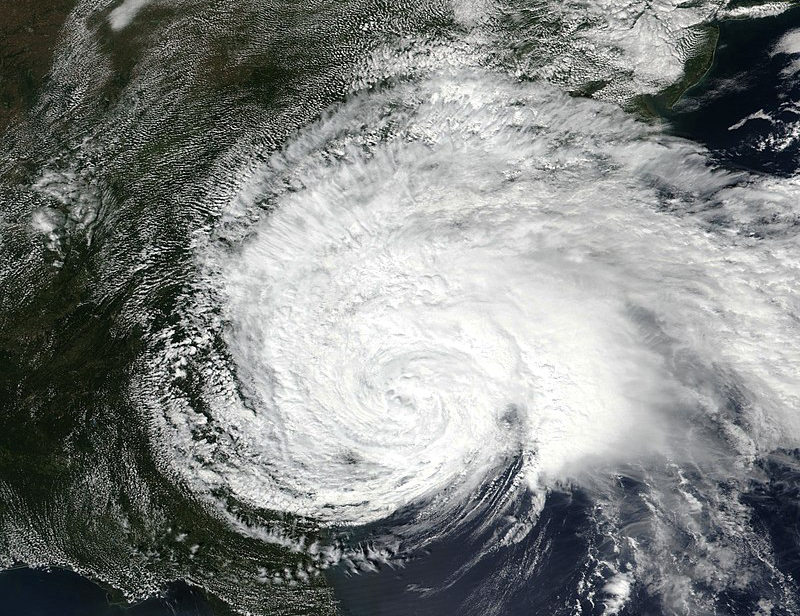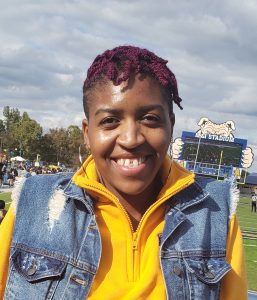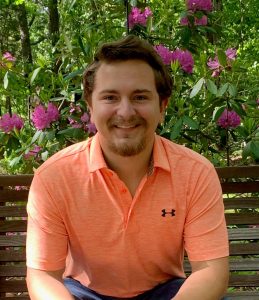By Tiana Johnson and Jackson Wiles
Dr. Liping Liu of North Carolina A&T University, along with first-year graduate student Tiana Johnson (who is focusing on Applied Mathematics), and undergraduate senior Jackson Wiles (who is majoring in Physics) partnered with CRC’s Dr. Rick Luettich in this year’s Summer Research Team (SRT) program. The program is a summer internship that provides quality research experiences to early career faculty members and students attending a Minority Serving Institution in the United States and the 16 U.S. territories.
Their project, called “Combined Atmospheric-Storm Surge Modeling of Hurricane Florence (2018),” worked to enhance research capacity at NCA&T and develop additional courses on severe weather and numerical prediction of those events. Johnson and Wiles wrote about their experience working with CRC researchers.
Tiana: This summer research experience was invigorating. I had the opportunity to work with Dr. Liping Liu and Jackson Wiles, and I was looking forward to this research opportunity with my team in collaboration with the Coastal Resilience Center. This was my first research experience, so I was a little disappointed when I found out our research would be done remotely. The project, which focused mostly on the atmospheric attributes of the record-breaking storm, Hurricane Florence (2018), came with a huge learning curve for me. I was not only new to the research world, but also to the science of hurricanes.
Jackson: I had a general idea of what the summer would hold as well as how to run the WRF model, but due to the pandemic, everything changed. To keep everyone safe, it was decided to conduct the internship remotely. This was a big change because the team and I had to relinquish our onsite experience. I personally, had never participated in a summer research experience and was not accustom to teleworking. However, the adjustment came with ease.
Tiana: In my first week, I spent time learning UNIX and the proper commands to use to complete tasks. Thanks to my teammate Jackson I learned quickly and now I can complete tasks with little to no help. The second week is when we jumped into creating hurricane simulations. During this week, I completed eight hurricane simulations, one of which would be my best case up until the sixth week. In the third week, I was finally able to utilize skills I learned from a MATLAB course I took during the first semester of my graduate program. I used these skills to visualize the best track data and the track of the best case I had developed in the previous week. I really enjoyed this task because I had the chance to utilize a skill I developed in my graduate courses in applied mathematics.
Jackson: This past summer research experience was one to remember. I had the incredible opportunity to work with Dr. Liu and Tiana Johnson on the project “Combined Atmospheric-Storm Surge Modeling of Hurricane Florence” via the highly advanced and dynamic Weather Research and Forecasting (WRF) model. Florence was a strong Cape Verde hurricane that impacted the coastal regions of the Carolinas and caused a staggering $24.23 billion in damage along with 54 fatalities. It was our hope to accurately model Florence and have a better understanding of why this storm caused so much widespread damage and death in the Carolinas.
Tiana: Throughout the summer we ran into some issues with our simulations. Some of the results I had were completely off from where they needed to be. The hurricane tracks had veered far away from where they should have been as we experimented with different domains (the region in which a simulation is being run). Typically, when I had a larger domain, my results weren’t any good. When I used a domain that was further south, the landfall of the hurricane was north of where it should have been. Eventually, in the sixth week, my results improved, and I began to dive deeper into analyzing the results I had accumulated.
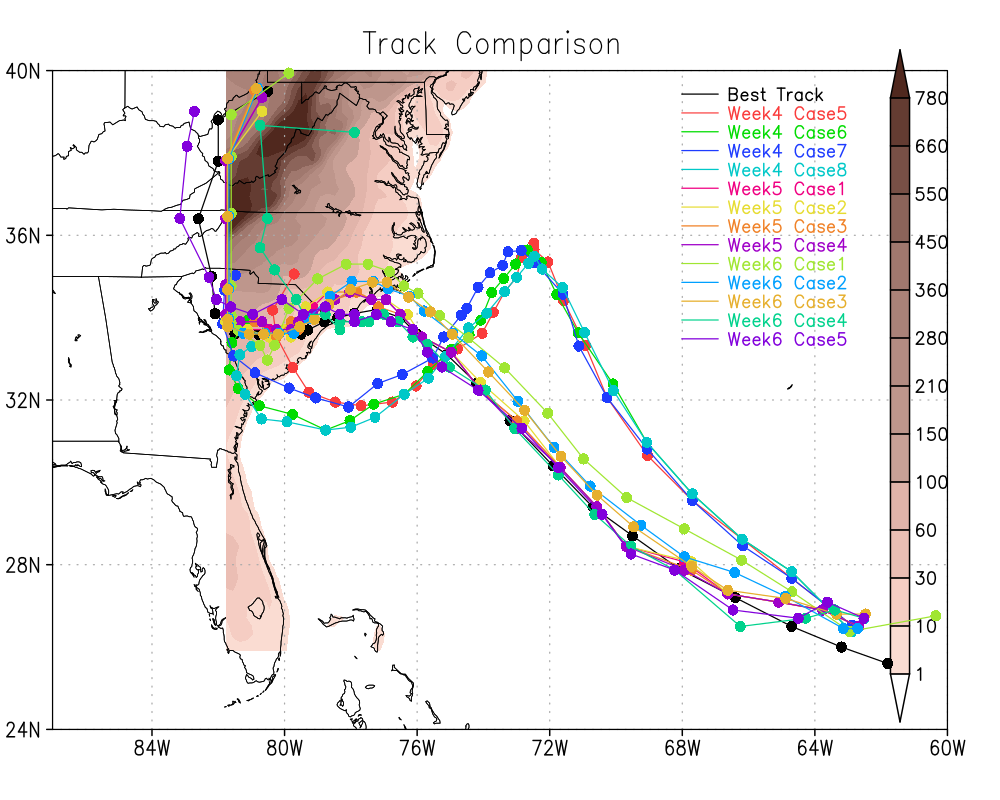
Students’ attempts to recreate the path of Hurricane Florence, by week during the Summer Research Team project. Graphic by Liping Liu.
Jackson: In the following weeks, we settled in to this new normal and stayed focused on our research topic. However, there were bumps along the way. For a couple of weeks, our research hit a brick wall in simulating Hurricane Florence. Turns out, the dataset we were using was extremely sensitive and we had to keep tweaking around our simulation configuration in order to receive good results, but this was another obstacle we overcame.
Tiana: As this internship began to wind down, I reflected on all that I had learned about not only hurricanes but myself as well. I learned that I’m a fast learner, faster than I would have imagined. I learned that I have some interest in continuing this research in the future. Lastly, I learned that I am resilient. This opportunity took me far away from my comfort zone and despite the challenges of this experience alongside a global pandemic, I made the most of it and thrived through the experience.
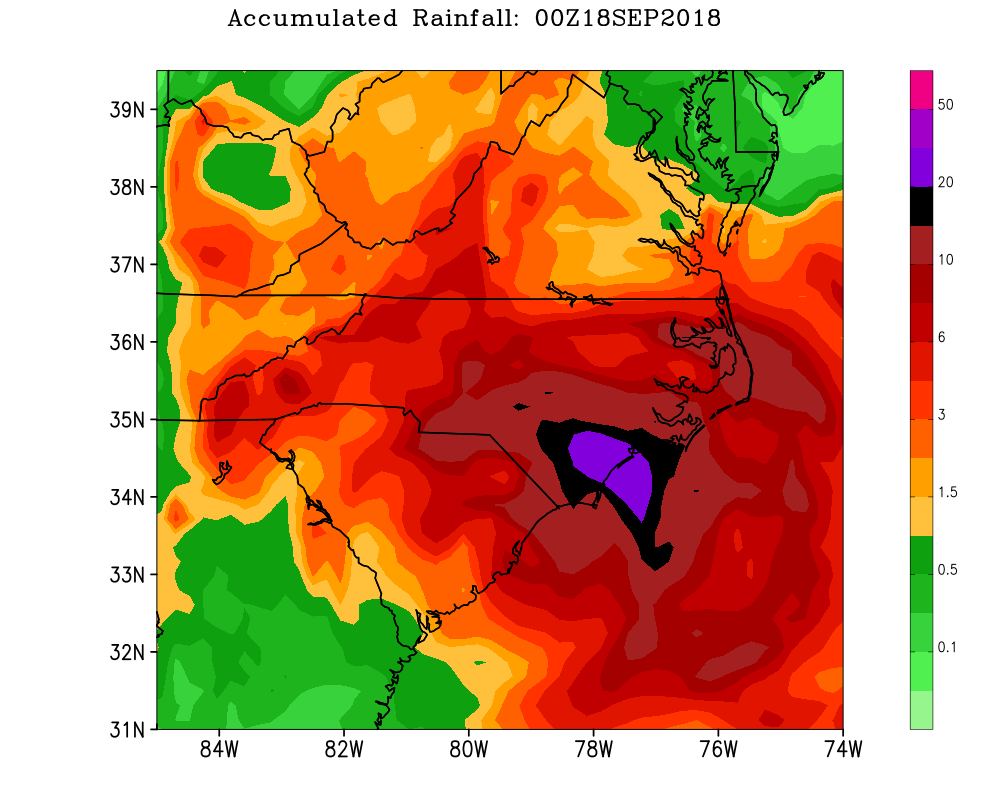
Rainfall total from Hurricane Florence (2018). Graphic by Jackson Wiles.
Jackson: About the halfway mark in the internship, the team and I made a breakthrough. Finally, we were able to move past the brick wall. From then on, we had adequate results to compare to observational data, either best track data from the National Hurricane Center or observational data taken from weather stations in the surrounding area of where Hurricane Florence made landfall. It felt great to have accomplished such a big task using the WRF model. This learning process was what the internship was all about. Following this, in-depth analysis was made using the simulation results. It was found that WRF was able to adequately model Florence in the areas of windspeed and wind direction along with similar results of rainfall accumulation to the observed amount. It is our hopes to now insert our output results into the ADCIRC storm surge model used by CRC. This research could ultimately impact the American people by producing advanced warning techniques to warn the public more directly. As a result, the nation would become stronger and more efficient in evacuation processes required as a tropical cyclone nears the coast.
